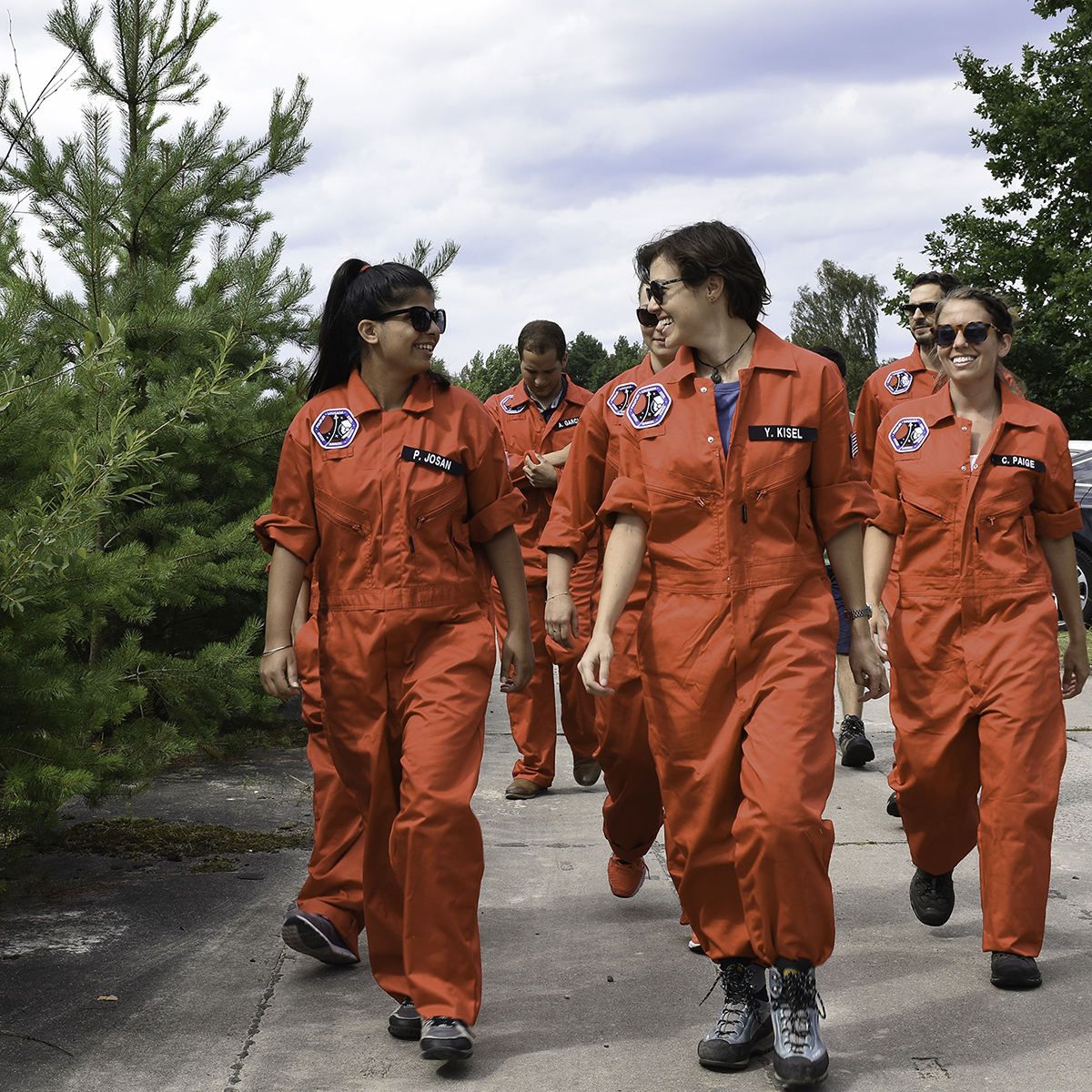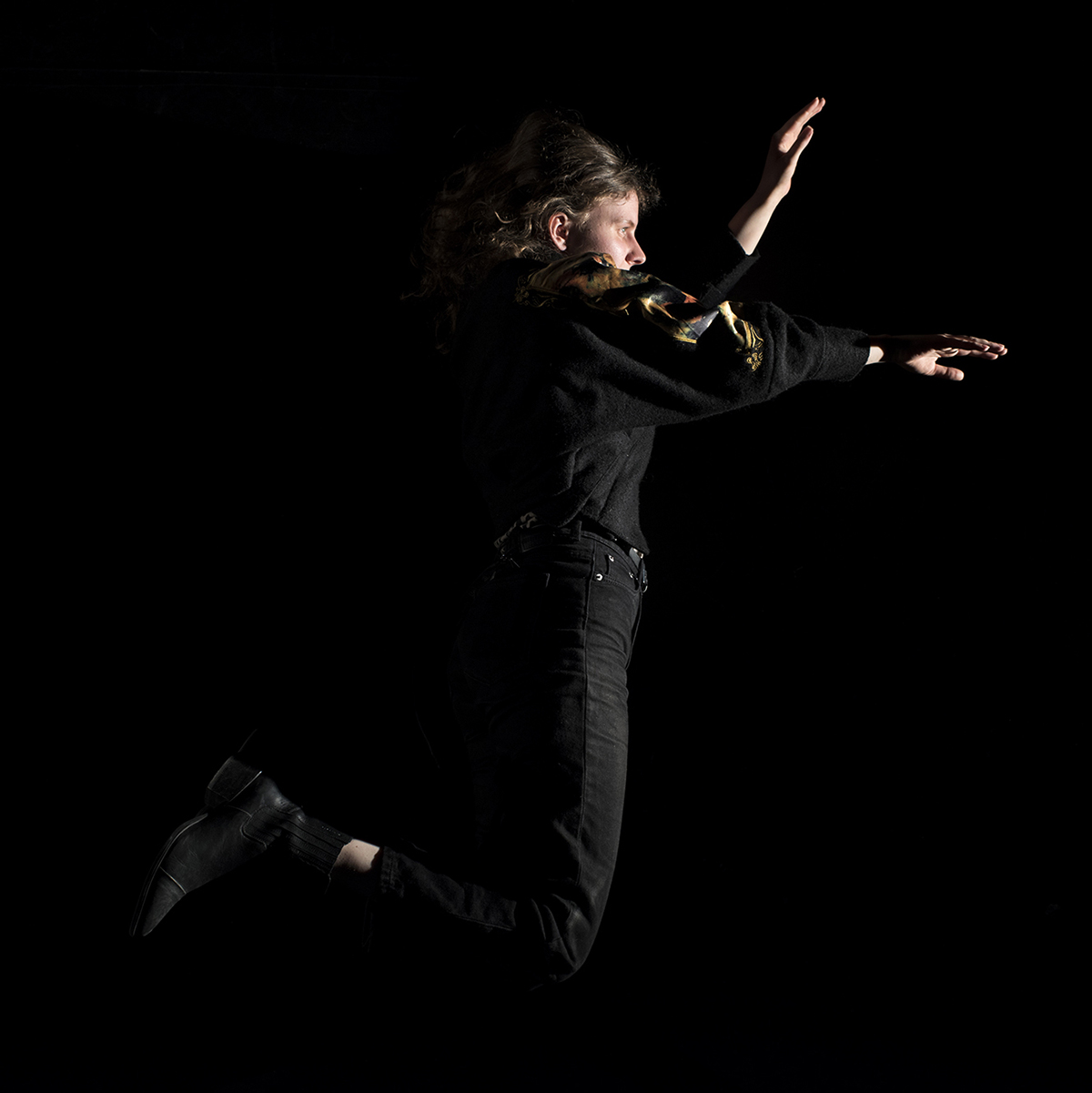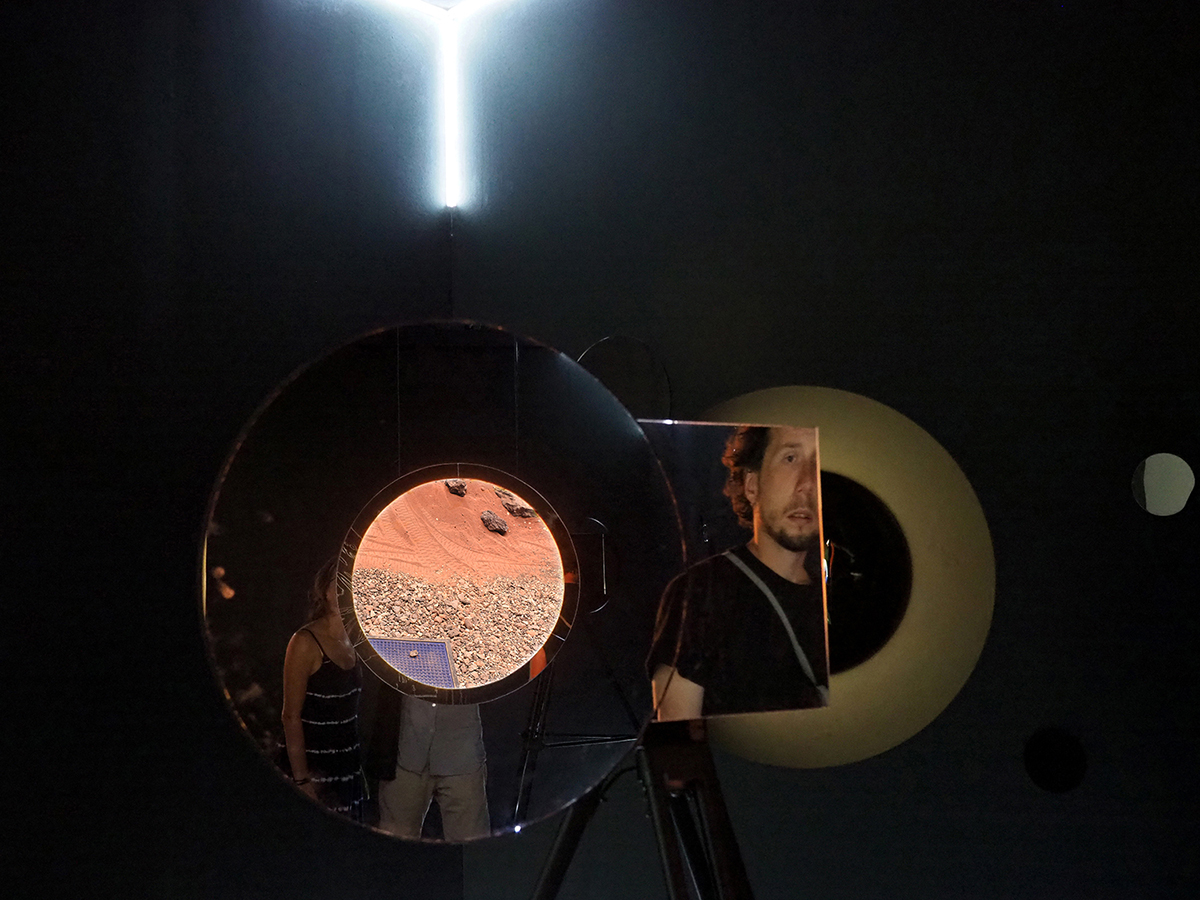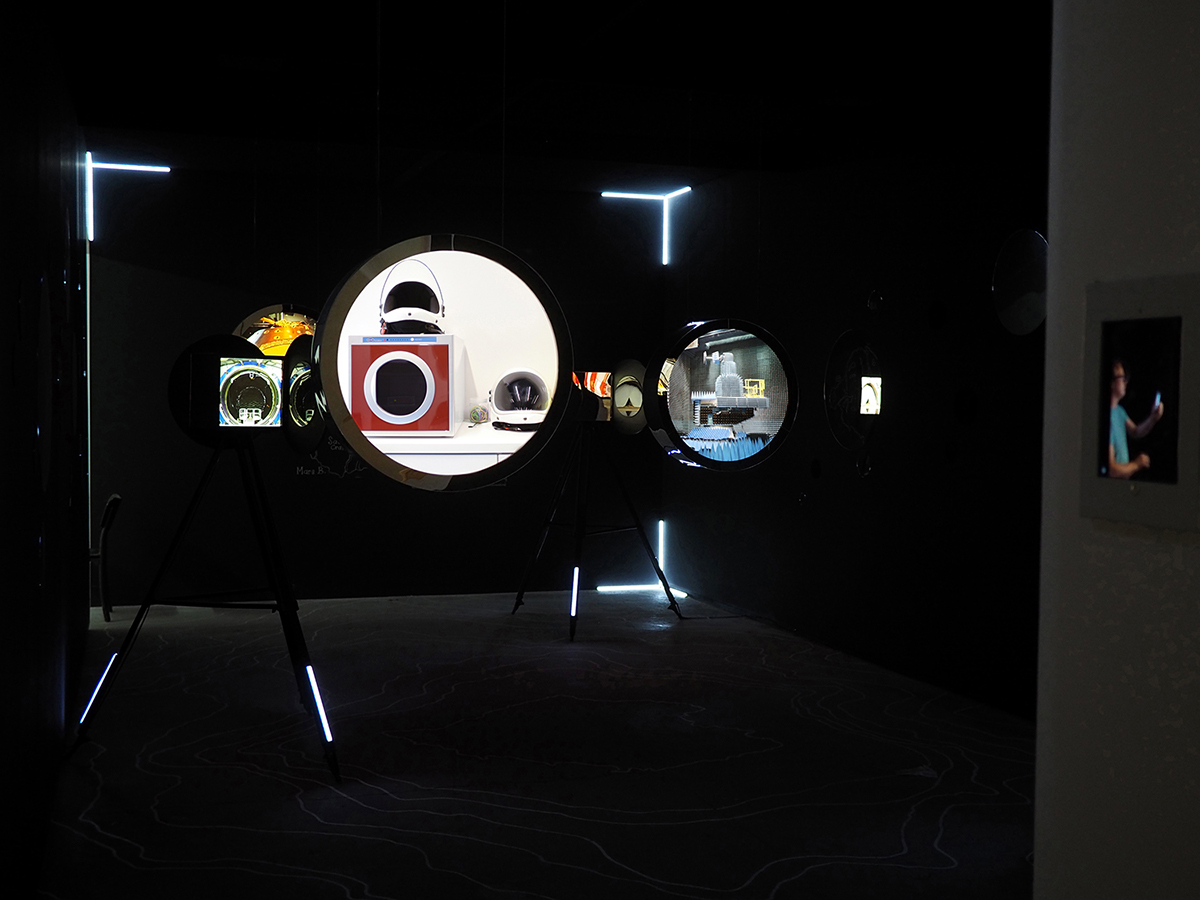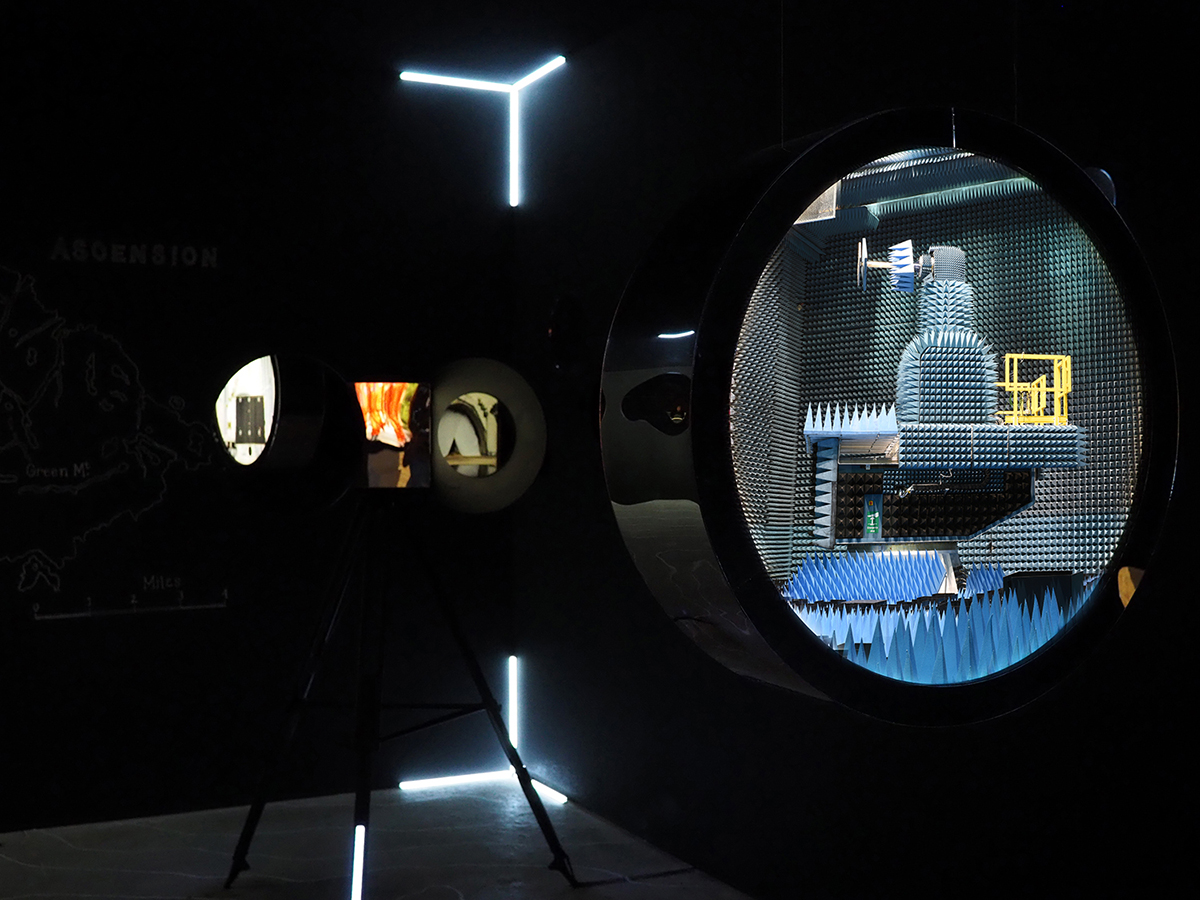Leading on from her exhibition as part of The Discovery Award at Les Recontres d’Arles, we caught up with Monica Alcazar-Duarte, August 2018.
PW: Firstly, congratulations on your recent exhibition at Les Recontres d’Arles, as part of the Discovery Award. For anyone who might be unfamiliar with your work, can you tell us a bit about your practice and what you’re interested in generally?
MA: I try not to imagine what I am going to find or the images I would like to make. My frustration with clean-cut answers has led to an obsession with creating multidimensional, layered, works. I am fascinated by all that is at the brink of shifting or developing into something unexpected. This comes, in part, from my situation of being a migrant and my coming to terms with losing a sense of stability. I tend to research a subject, then leave it for some time and work on something else. This helps to develop ideas over a long period of time. It is very important that the ideas simmer and change over time to then find their way into a final form.
My creative background is in Film and Performance and this has made my work quite performative. I am interested in an audience entering into a world that I have created for them. These worlds have photography at their centre and usually are presented as installations. I tend to develop several narrative strands connected with a topic that I have researched, then present these strands together. Sometimes the strands are clearly connected, and sometimes I ask the audience to “puzzle” it out.

PW: The work on show during Arles is your series ‘Ascension’, a series you’ve been working on for a number of years. The work focuses on space exploration and research facilities for that in Europe. Can you tell us about your interest in space exploration and where that came from?
The overall title for my space series is The Overwhelming Importance of The Far Future. This series arises from the resurgence of human interest in space and our place within it. The space race in the 1960’s was mainly a manifestation of the cold-war, producing some amazing technological and scientific advances. The new space race ,which we are witnessing today, seems to be coming more from commercial interest in what lies beyond our planet. We regularly hear about space tourism and asteroid mining as activities which are happening or will happen very soon. We see regular Mars colony experiments and renewed scientific inquiry into our nearest planetary neighbors. My current presentation in Arles is the second chapter of this series, entitled Ascension. This work speaks about our desire to ascend into the heavens and makes reference to the biblical connotations of ascension, as well as the island of that name which was turned from a barren rock into a lush verdant oasis through environmental manipulation. Contemporary space scientists cite Ascension island as an example of terraforming which some can envision occuring on other planets rendering them fit for human habitation. ‘Ascension’ also alludes to the idea that humanity may be taking the first steps in what could become an evolution into creatures truly adapted to life in space.
I also have to say that after having produced a couple of installations on the subject it still surprises me when people mention that they thought the work was produced by a man. I am surprised that in this day-and-age people find it hard to believe that a woman could have anything to say about a scientific subject like space exploration. I was tremendously impressed with the number of brilliant women I encountered and photographed during my time working in the different space research centres part of Ascension. My interest in this subject is to present it as something more than a narrow techy-boyzy pursuit. I want to show this as a truly human issue that involves the whole of humanity and has tremendous complexity, depth and nuance.

PW: Your work uses new technologies, namely Augmented Reality. What was the process of coming to work in this way? What do you think this way of viewing brings to the experience of seeing the work?
For the space exploration project I decided to use Augmented Reality as I believe it highlights our current relationship to technology. We use technological methods to extend our human view into space by sending spacecraft and telescopes to look further than we could physically go.
I wanted to provide a reflection of this by creating a technological viewing portal as an overall part of this project. Our human virtual life is expanding, giving us the opportunity to communicate, learn, socialise, and shop virtually. I wanted to reflect this notion of virtual existence as an extra element presented as part of a physical installation. The installation is not absolutely complete without its virtual layer, accessed purely by technology. I like this tension. I think it reflects something of the times in which we live and our simultaneous existence in the physical and the virtual. In terms of what it adds to the rest of the work I would like to leave it to the audience to find out.


PW:For anyone who may not have seen it, can you tell us a bit about your installation at Arles? The experience becomes an immersive one using the technology to interact with the work, but even without taking part in that aspect, you’re faced with a room filled with hanging light boxes and reflections. Can you talk us through your intentions with the installation?
These elements which surround the photographs are there to tease out layers that cannot be included within the frame. I want to play with assumptions regarding space and space exploration. I want to invite the audience in with a set of rather shiny and exotic objects (perhaps reminiscent of satellites or spacecraft) and then allow them to discover the more nuanced inside of the experience.
PW: What do you hope the audience experience when they visit your installations?
I hope they find themselves slowing down and becoming intrigued. I hope this creates a space in which they allow themselves to further explore the different layers that my work presents for them.


PW: The work is based on chapters with these current chapters spanning four years. Is the work complete? How do you see your work developing from here?
The research from these past four years has supported the development and production of the first two chapters, sections, layers. Currently I am developing the third installment. I think of this work as something that will keep evolving. In a way it is almost unavoidable that the research for the previous chapters would overlap with the production of the last installment. I add and then subtract elements, and these elements then come back in a different shape for later projects, but for me it all feels more like variations on the same theme.
PW: Finally, what’s next for you?
More exhibitions and preparation of a book, but the immediate future will bring me to Organ Vida Festival, as well as a collaboration with Parallel Platform at which I have been kindly invited to be a tutor mentoring some of the next generation of photographers. In the meantime, as of next week I am going back to a residency in Cyprus to produce a communal photobook for the reconciliation project I have been leading there over the past two years.
For more of Monica’s work, click here.
For more from our Ideas on Talent series, click here.

